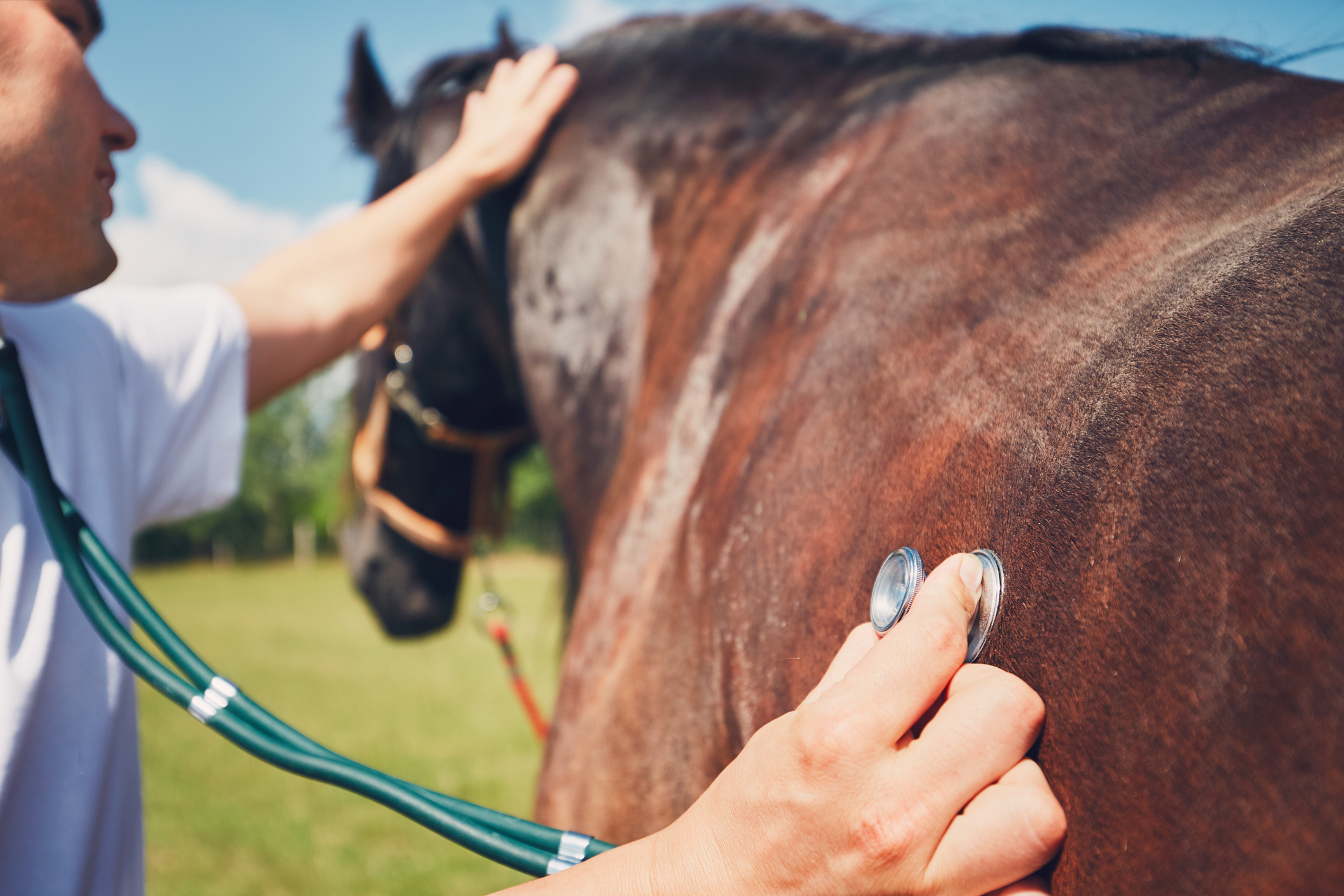New strain of deadly Hendra virus (HeV) discovered

The Australian veterinarian-led research project, ‘Horses as Sentinels,’ has identified a new strain of the deadly Hendra virus as the cause of a previously unexplained horse death in September 2015.
Hendra virus is highly lethal in both horses and humans, with mortality rates approximately 79% and 60% respectively. The originally recognised strain of Hendra virus has resulted in the deaths of four humans and over 100 horses in Australia, since 1994.
The newly recognised variant has not been detected previously by routine biosecurity testing in horses. In addition, the new strain has been detected in grey-headed flying fox samples from Adelaide in 2013 and it shares ~99% sequence identity with the 2015 horse case strain. Partial sequences of the variant have also been detected in flying foxes in other states. Grey-headed flying foxes migrate and their range includes parts of southern Australia, which previous advice classed as low risk – with some interpreting this to mean negligible risk of Hendra virus spillover. Up until now, the original strain of Hendra virus has only been known to occur within the range of black flying foxes and spectacled flying foxes.
The ‘Horses as Sentinels’ research team has developed updated diagnostic laboratory techniques capable of identifying the new strain, and will be sharing them with relevant laboratories. They have also established that the current Hendra virus horse vaccine is expected to be equally effective against the new strain.
The research team have alerted Chief Veterinary Officers and the Chief Health Officers are being informed. All members of the Australian Veterinary Association have also been alerted to the implications of this discovery for both human and animal health.
Significance for Veterinarians and Horse Owners
The finding indicates that HeV should be considered as a differential diagnosis in unvaccinated horses anywhere in Australia that flying foxes are present, and that unwell, suspect horses which return an initial negative Hendra virus test should continue to be treated with the same caution as a Hendra virus positive case, until testing for the new variant is performed.
There are a number of measures that people who work closely with horses can take to reduce the risk of infection with HeV and other viruses, such as vaccination, good biosecurity, use of personal protective equipment and good hygiene. These protocols are explained on State Government and the Australian Veterinary Association websites. Now is the time for Veterinarians, horse owners and handlers to review their Hendra virus management plans.
Background
Hendra virus was first identified in 1994 when racehorse trainer Vic Rail died after suffering a mysterious pneumonia like illness when 20 racehorses in Hendra, Queensland, also died. Subsequently, a previously-unknown virus was identified as the cause of both the trainer’s and the horses’ deaths. The attending veterinarian was Dr Peter Reid. Nineteen years later, Dr Reid reached out to Dr Annand – a veterinarian involved in the discovery of Australian bat lyssavirus in horses in 2013. The pair shared an interest in previously undetected zoonotic disease spillover, and teamed up with Dr Ina Smith of CSIRO’s Risk Evaluation and Preparedness Program to launch the ‘Horses as Sentinels’ project.
The research team now also includes collaborators from The Westmead Institute for Medical Research, The University of Sydney; Sydney Medical School; The Sydney School of Veterinary Science; CSIRO’s Health and Biosecurity; Queensland Department of Agriculture and Fisheries - Biosecurity Sciences Laboratory; Department of Agriculture Water and the Environment; and leading international scientists in this field in the United States.
It is important to note that some species of flying foxes are protected. Flying foxes play a critical role in our environment through the pollination of our native trees and the spreading of seeds. Without flying foxes, our eucalypt forests and rainforests would cease to exist. Interaction between domestic animals and flying foxes can be exacerbated by pressure on flying fox populations, for instance through loss of natural forest habitat forcing flying foxes to seek urban and peri-urban food sources.
Source: AVA / Vet Voice

